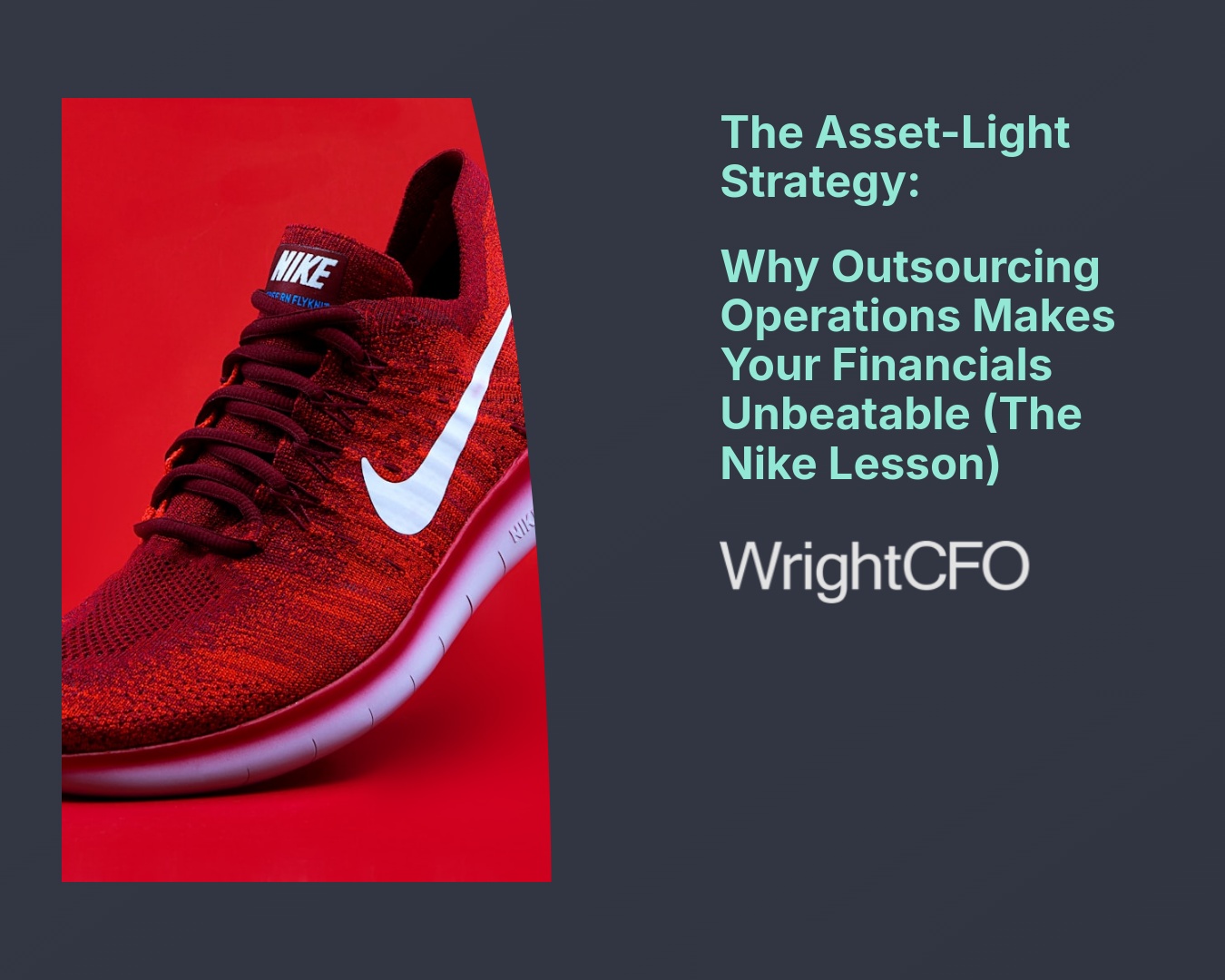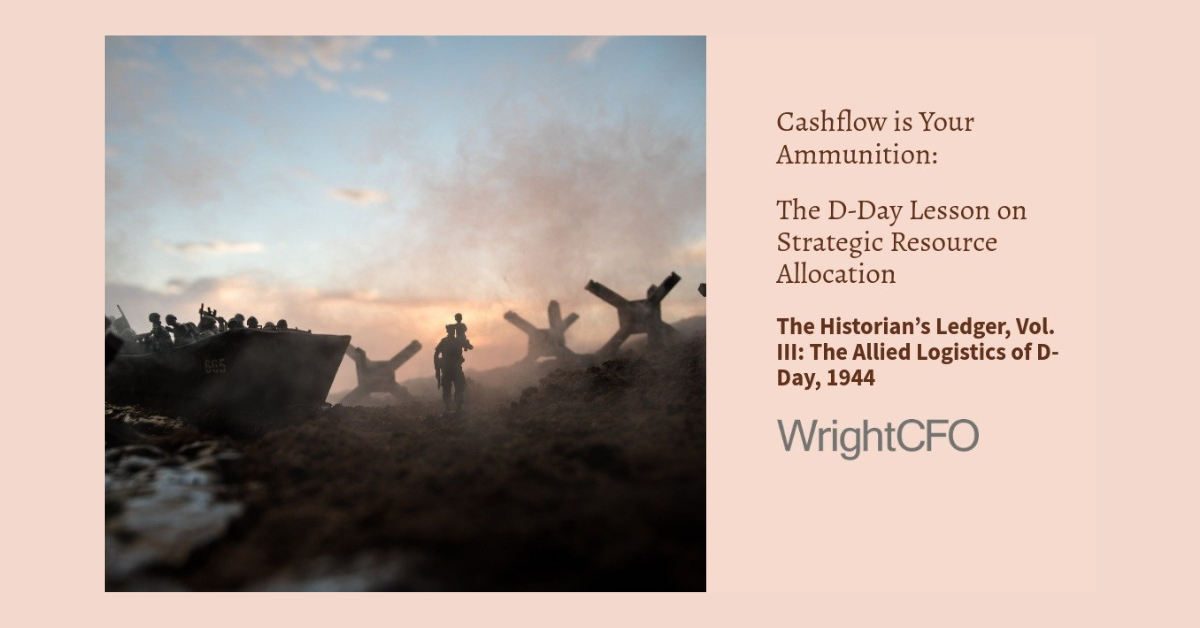Finance Transformation Lessons from History: Why the CFO Must Fund Transformation (Before the Cannons Arrive)
(The Historian’s Ledger, Vol. I: The Siege of Constantinople, 1453)
We are constantly bombarded with conversations about the Future CFO, finance transformation, the future of AI, and the future economy. It’s exhausting. Frankly, this obsession with what’s coming next often makes us lose sight of the timeless, fundamental truths.
My solution? Stop staring anxiously at the horizon and look back. History is littered with lessons in strategic failure and financial folly. And today, we begin with a five-hundred-year-old disaster that speaks volumes to every CEO today running on obsolete tech: The Siege of Constantinople in 1453.
The Fatal Cost of a ‘Good Enough’ Budget
For over a thousand years, the city’s colossal Theodosian Walls were their invincible, non-negotiable asset. They were the ultimate legacy system—robust, reliable, and utterly impenetrable. They worked, so the logic went, why bother changing them?
The Emperor focused his limited treasury on shoring up the old defences, paying the bills, and managing cashflow—all necessary, yet ultimately shortsighted. He was managing for maintenance, not for strategic transformation.
Then came the Ottoman Sultan, Mehmed II. He didn’t waste time on endless, repetitive attacks against the ancient masonry. He had invested in a new disruptive technology: The Great Bombard, a cannon so enormous it barely had a name. It represented unprecedented firepower; a paradigm shift in how wars were fought.
The Byzantine failure wasn’t a lack of courage; it was a failure of financial imagination. They lacked the funds—or the will—to adapt. Crucially, they had been offered the services of the cannon’s inventor, a Hungarian engineer named Orbán. They couldn’t meet his steep price, so he took his disruptive tech to the opposition.
The financial lesson is simple, brutal, and definitive: The walls came down.
Your Legacy System is a Cannon Target
As a Fractional CFO, I see this same dynamic playing out in scaling businesses every single day. This is exactly what we mean by finance transformation, the strategic replacement of outdated systems before they become your downfall. Your business might not have stone walls, but you certainly have legacy systems:
- That ageing CRM or ERP cobbled together with spreadsheets.
- The refusal to integrate AI into your customer service or marketing workflow.
- The ‘good enough’ approach to cybersecurity investment.
The cost of maintaining the old system seems cheaper on the monthly P&L, but the true financial risk—the strategic risk—is catastrophically high.
When your competitors deploy their ‘Great Bombard’ (a fully automated, AI-driven sales funnel, perhaps, or a lightning-fast, integrated platform), your ancient, reliable ‘walls’ suddenly become liabilities. The competitor’s cannon can breach the market, destroy your margins, and steal your client base with terrifying efficiency.
The Fractional CFO’s Mandate: Fund the Future of Finance Transformation
My role isn’t just to tell you where the money is going; it’s to force a clear, honest conversation about where the money must go for survival. Every great finance transformation starts with that conversation, funding innovation before crisis forces your hand.
To the ambitious leader scaling a business in tech, media, or the creative arts:
- Ring-Fence the Cannon Fund: You must treat transformative investment (AI integration, new platform development) not as an optional expense, but as the non-negotiable cost of your strategic defence.
- Model the Cost of Doing Nothing: What is the actual, long-term financial cost of clinging to the obsolete? Run the numbers on inefficiency, delayed decision-making, and talent frustration. I guarantee it’s higher than the cost of the upgrade.
- Hire Your Own Orbán: Get the experts—the Fractional CFO who brings outside objectivity—to help you ruthlessly audit your tech stack and allocate capital to innovation before the enemy buys the intellectual property.
Don’t wait until your ancient defences are crumbling under fire. The time to fund the future is now. History provides the warning.
This article was originally published here on LinkedIN on October 6th, 2025.






